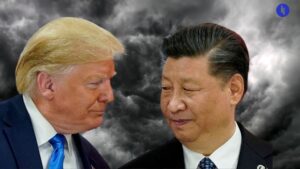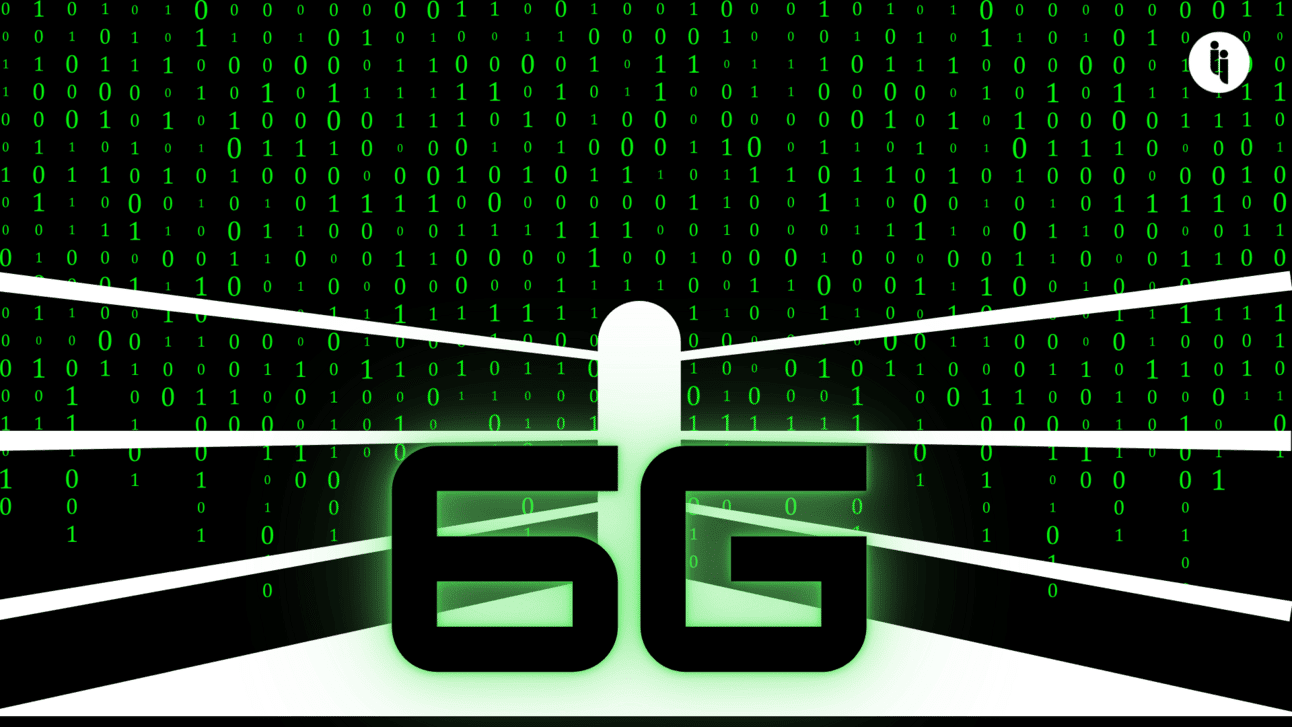Ten Western-aligned countries (including the US, UK, Finland, Sweden, Japan and Korea) just published six shared principles for 6G telecommunication systems, to try to shape the development and rollout of this emerging technology.
Barely half the world’s population now has access to 5G yet we’re already talking about 6G, which is still in the research and development phase. It’s shaping up to have:
- Higher and broader frequencies (to send more data)
- Lower latency (reducing the time to send that data), and
- In-built edge computing (processing more data at the edge – near the user – rather than sending it back to the cloud)
So we’re talking about a tech that’s quantitatively and qualitatively different.
Stay on top of your world from inside your inbox.
Subscribe for free today and receive way much more insights.
Trusted by 134,000+ subscribers
No spam. No noise. Unsubscribe any time.
On the one hand, it’ll help us do what we already do, but faster. That’ll help scale up existing and emerging applications like smart homes, smart cities, automated transport, remote health, immersive entertainment, and beyond.
On the other hand, 6G will also incorporate new and frontier tech (like AI and beamforming) in ways that open up unknown possibilities over the horizon.
Of course, some possible downsides are emerging, too. For one, 6G will likely be costlier and more energy-hungry: the shift from 4G to 5G tripled costs and energy usage, and the upcoming shift to 6G looks even weightier.
The other risks are around security. 6G’s sheer scale and complexity means it’ll have a wider attack surface area – that’s more data and applications, more closely integrated into our society, presenting more possible vulnerabilities.
So then, why did these governments just issue a joint 6G statement?
Well, the 6G race is already on, with R&D teams making progress in Finland, Sweden, China, Japan, Korea, the US, and beyond. Timelines are still hazy, but large-scale 6G deployment could start in the early 2030s.
So the joint statement is partly to set standards for the relationship between this new tech and people – eg, it says 6G should be “reliable, resilient, safe, and protect the privacy of individuals”.
It’s also partly to set standards for the relationship between industry and government – eg, it says 6G should be “industry-led”, but also “protective of national security”.
But mostly, this broad statement feels like an attempt to avoid a repeat of what happened with 5G, which really caught the West flat-footed. China’s sudden emergence as a 5G pioneer shaped our world:
- Its ability to offer low-cost 5G infrastructure helped boost China’s earnings, brand, access, and influence on just about every continent, and
- Citing security concerns, Western governments then had to scramble to curb the presence of China-made 5G kit in their own networks.
That’s why this joint 6G statement (which doesn’t include China) emphasises things like the need to be “widely available and accessible to developing nations”, while also ensuring there are “secure and resilient supply chains”.
Researcher Sam Howell sums it all up nicely: “The country that leads the development and deployment of 6G […] will control critical infrastructure that is integral to global economic competitiveness, national security, and the functioning of society.”
INTRIGUE’S TAKE
Before you ask – yes, there are already researchers working on what comes after 6G. It’s called 7G, though honestly at this point, that feels a little like working on ‘seven-minute abs’, or an amp that can turn all the way up to 11.
Those dated movie references not landing? Then allow us to tell you about a serving ambassador we know in Europe who wears a tie with the Quantum Hall effect emblazoned on it – it’s a phenomenon discovered by German physicist Klaus von Klitzing, earning him the 1985 Nobel Prize in Physics.
The ambassador explains his tie choice like this: von Klitzing didn’t really know what practical applications his research might have one day, but he saw intrinsic value in expanding human knowledge. And it turns out his discovery was hugely practical, even leading to a new international system of units.
So, all this to say… people will always want to push the frontiers. That’s a given. The question is whether we’re ready to harness and manage the implications. That’s what this week’s joint statement is trying to do. High fives from us.
Also worth noting:
- Last October, the US, UK, Japan, Australia, and Canada formed the ‘Global Coalition on Telecommunications’ to cooperate on the development of future technology, including 6G networks.
- Shares in China’s telecom equipment makers jumped after the 6G joint statement dropped on Monday. The market seems to be pricing in the fact that China is well placed to lead 6G development, building on its existing 5G leadership and its top number of 6G patents.







